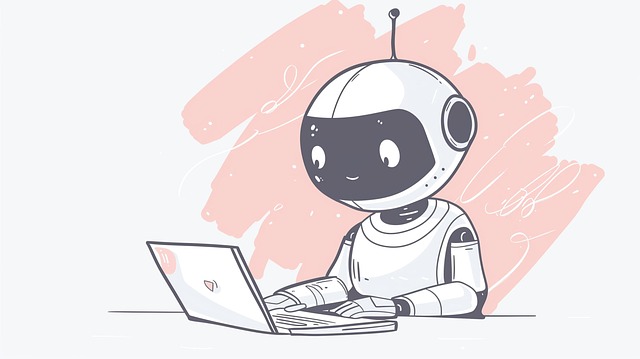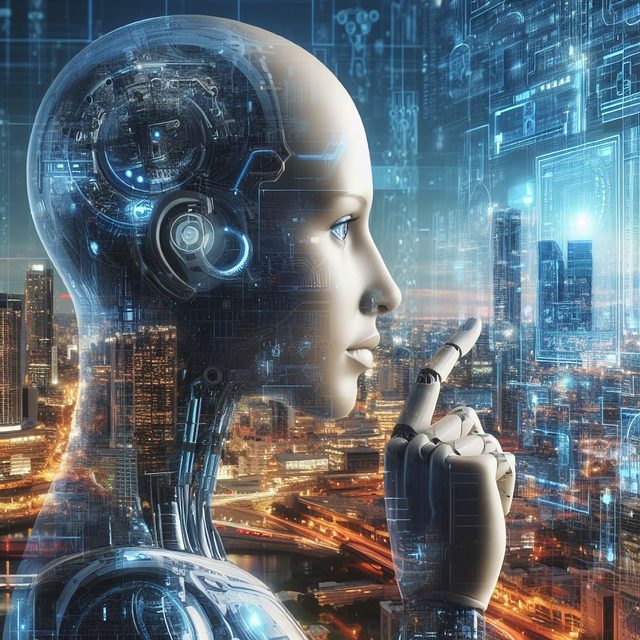AI chatbots are advanced tools powered by natural language processing (NLP) algorithms, enabling them to understand and respond accurately to human language through user-friendly chat interfaces. By learning from each interaction via machine learning, these chatbots enhance performance and personalize responses over time, making them increasingly effective at engaging in meaningful conversations and providing assistance across various applications. They leverage NLP's ability to interpret queries by processing vast text data, detecting sentiment, and understanding intent, distinguishing them as powerful user engagement and support solutions.
AI chatbots have transformed the way we interact with technology, offering instant, personalized assistance in a natural language conversation. This article delves into the inner workings of these intelligent agents, exploring the core components that power their capabilities. From Natural Language Processing (NLP) for understanding user input to Machine Learning (ML) for training and adaptation, and Dialogue Management for contextual conversations—we break down how AI chatbots like OChatbot process queries behind the scenes, ensuring accurate, relevant responses.
The Core Components of AI Chatbots

AI chatbots are complex systems that rely on several core components to function effectively. At their heart, they utilize natural language processing (NLP) algorithms to understand and interpret human language, allowing them to engage in meaningful conversations. These NLP models are trained on vast datasets, learning patterns and contexts from millions of interactions to ensure accurate responses.
The chat interface acts as the user-facing layer, presenting an intuitive space for users to interact with the AI chatbot. Behind this interface, a sophisticated back-end system processes user inputs, leverages NLP algorithms, and generates contextually relevant outputs in real time. Additionally, machine learning capabilities enable chatbots to learn from each interaction, continuously improving their performance and tailoring responses to individual users over time.
– 1. Natural Language Processing (NLP): Understanding User Input

AI chatbots rely heavily on Natural Language Processing (NLP), a powerful tool that enables them to understand and interpret human language. NLP is the cornerstone of any AI chatbot’s functionality, as it allows the model to process vast amounts of text data, enabling it to learn patterns and context. When an user types in a query or provides input, the chatbot’s NLP engine comes into play, breaking down the text into tokens (words or subwords) for analysis.
Through sophisticated algorithms, the AI chatbot identifies keywords, determines intent, and understands the user’s sentiment. This intricate process involves semantic analysis, where the model comprehends the meaning behind words and their relationships, ensuring a relevant and contextually appropriate response. By mastering NLP, AI chatbots can engage in meaningful conversations, answer questions accurately, and provide valuable assistance to users across various applications.
AI chatbots have revolutionized the way we interact with technology, offering a natural and engaging conversational experience. By leveraging Natural Language Processing (NLP), these chatbots understand and interpret user input, enabling them to provide relevant and contextually appropriate responses. This core component, along with others like machine learning algorithms and sophisticated training data, ensures that AI chatbots continue to evolve and improve, making interactions more intuitive and beneficial across various applications.
